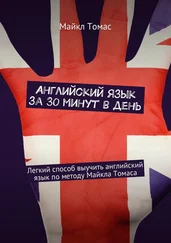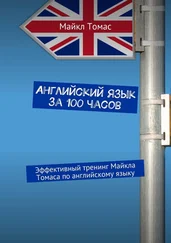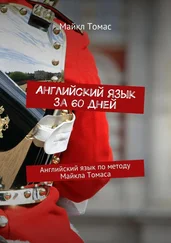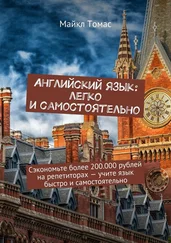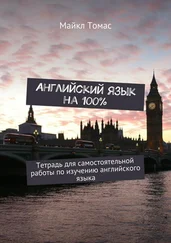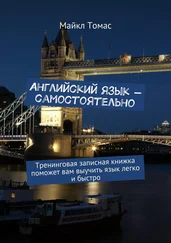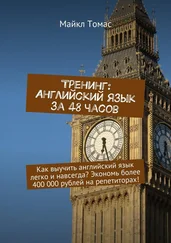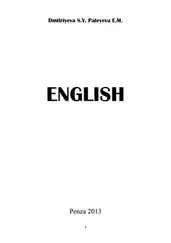1600___________________________________
1860-1900______________________________
1900-1950______________________________
1950___________________________________
1970-now_______________________________
5. Look through the text again and choose in which grammar tense are the words in bold used:
Present Simple
Past Simple
Future Simple
6. Answer the questions:
In which situations is the chosen grammar tense from exc. 5 used in the text?
What should be added to the verb?
7. Study the rules:
Rules
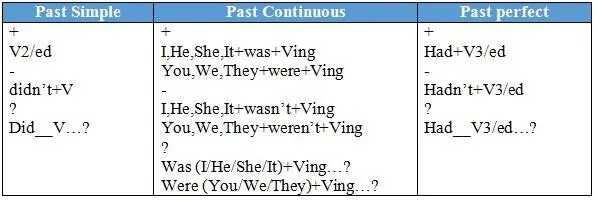
We use Past Simple:
Facts in the past (usually with concrete time)
I bought flowers yesterday.
We use Past Continuous:
For background actions that were in process in the past
I was buying flowers when she called.
We use Past Perfect:
For actions that happened before action in the past
I went to the floral shop and realized that I had forgotten my keys at home.
8. Put the verbs in brackets in the correct past grammar tense:
a)
Renoir frequently________(paint) roses—most often red ones.
b)
He____________(paint) sunflowers in the garden when she_________(come).
c)
Piet Mondrian, being Dutch,__________(come) from a long cultural tradition of flower art.
d)
Alex _________(go) to the park to paint some lilac when he ________(understand) that he___________(forget) his pencils.
e)
Redon_________(not turn) to flower painting until he_____(be) 60 years old.
f)
When she ___________(gather) flowers she________(hear) a noise behind her.
g)
He ______________(not listen) a lecturer, because he ________(read) about foral design before.
9. Choose one of the following floral art-projects. Imagine that you’re an author of one of them. Create the story of how you made it using phrases below and past grammar tenses:
Rememberto say:
Which flowers you used
What did you do
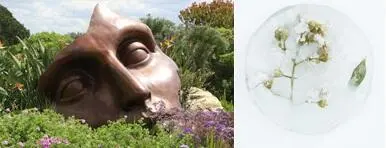
USEFUL PHRASES
Ordering information:
Firstly,…
Secondly,…
Thirdly,…
The next thing/point is …
In addition to…
Moreover
Furthermore
Also
Showing contrast:
However
Nevertheless
Despite / in spite of…
On the other hand,…
Finishing the story:
As a result
Finally
In conclusion
Now you know:
–Historical facts about using flower motives in art
–Phrases to order information, show the contrast and finish the story
–How to differ and use Past Simple/Past Continuous/ Past Perfect
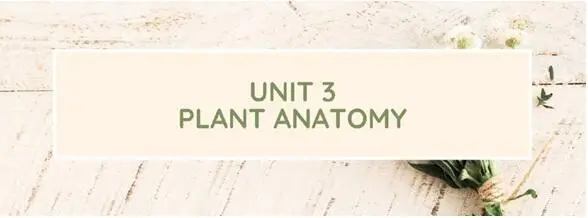
1. Study the names of flowers and give Russian equivalents:
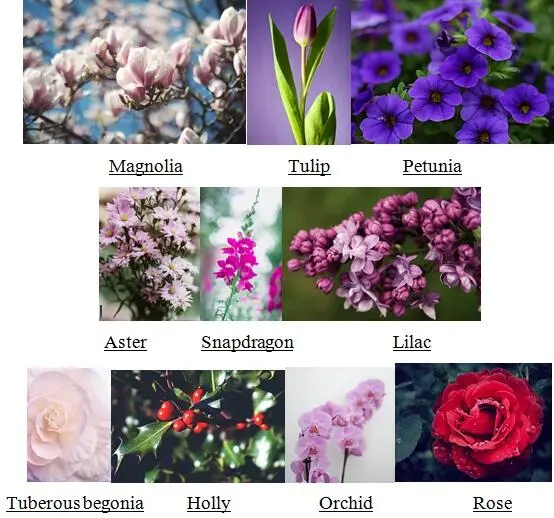
2. Check the description, find out which flowers are described and fill in the gaps:
a)
One of the most interesting colors of a ________ variety is the deep purple of the Queen of the Night________.
b)
The usual_______ flower color is a shade of purple, but white, light blue, pale yellow and pink, and even a dark burgundy color are also found.
c)
_______ oil is an important ingredient in the perfume industry.
d)
Before _______was hung in houses to accompany Christmas trees, it was considered to be a sacred plant by the Druids.
e)
_________ are also known as "frost flowers" because florists often use these flowers during the autumn and winter for the preparation of various floral arrangements.
f)
_________ can live on the ground, attached to woody plants or even thrive under the ground.
g)
_________ has green leaves covered with hairs. Leaves can be heart-shaped or ovate.
h)
Other common names for _________ include lion’s mouth, calf’s snout and toad’s mouth.
i)
_____________ are edible, they have citrus-like taste.
j)
Wood of __________ is used for the production of pallets and furniture.
3. Read the text and fill in the mind-map:
Inflorescence – a group or cluster of flowers arranged on a stem that is composed of a main branch – соцветие
Form and types
Flowers present a variety of combinations in their range of colour, size, form, and anatomical arrangement. They range in size from minute blossoms to giant blooms. In some plants, such as poppy, magnolia, tulip, and petunia, each flower is relatively large and showy and is produced singly, while in other plants, such as aster, snapdragon, and lilac, the individual flowers may be very small and are borne in a distinctive cluster known as an inflorescence. Regardless of their variety, all flowers have a uniform function, the reproduction of the species through the production of seed.
Basically, each flower consists of a floral axis upon which are borne the essential organs of reproduction (stamens and pistils) and usually accessory organs (sepals and petals). The floral axis is a greatly modified stem; it is usually contracted, so that the parts of the flower are crowded together on the stem tip, the receptacle. The flower parts are usually arrayed in whorls but may also be disposed spirally.
There are commonly four distinct whorls of flower parts: (1) an outer calyx consisting of sepals; within it lies (2) the corolla, consisting of petals; (3) the androecium, or group of stamens; and in the centre is (4) the gynoecium, consisting of the pistils.
The sepals and petals together make up the perianth, or floral envelope. The sepals are usually greenish, while the petals are usually colourful and showy. The androecium, or male parts of the flower, comprise the stamens, each of which consists of a supporting filament and an anther, in which pollen is produced. The gynoecium, or female parts of the flower, comprises one or more pistils, each of which consists of an ovary, with an upright extension, the style, on the top of which rests the stigma, the pollen-receptive surface. The ovary encloses the ovules, or potential seeds.
Stamens and pistils are not present together in all flowers. When both are present the flower is said to be perfect, or bisexual, regardless of a lack of any other part that renders it incomplete. When the same plant bears unisexual flowers of both sexes, it is said to be monoecious (e.g. tuberous begonia); when the male and female flowers are on different plants, the plant is dioecious (e.g. holly); when there are male, female, and bisexual flowers on the same plant, the plant is termed polygamous.
A flower may be radially symmetrical, as in roses and petunias, in which case it is termed regular. A bilaterally symmetrical flower, as in orchids and snapdragons, is irregular.
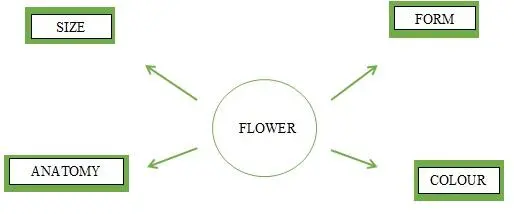
4. Match anatomic words and definitions:

5. Match preposition of place with the pictures according to the blue ball position:

6. Choose any flower from ex. 1 and describe it according to the mind-map with the use of preposition of place and useful phrases:
Читать дальше









